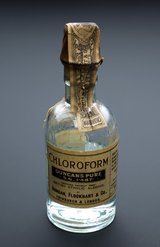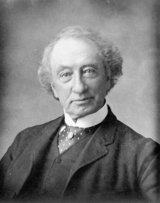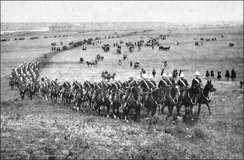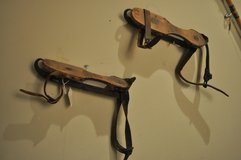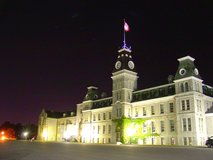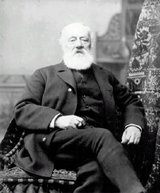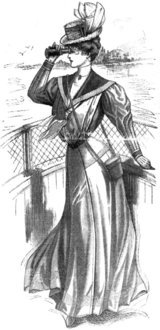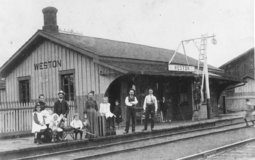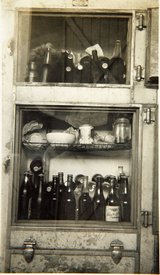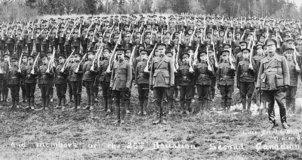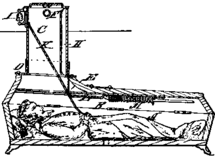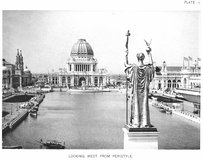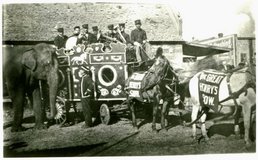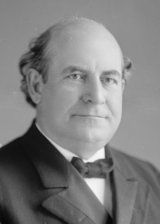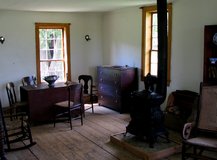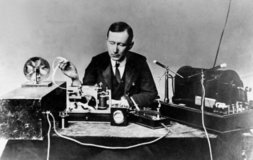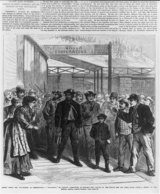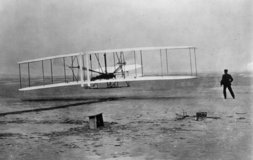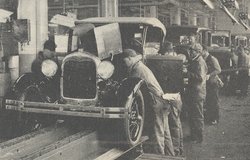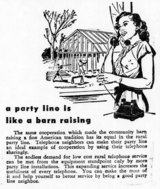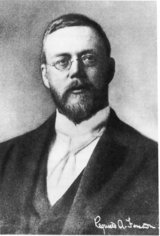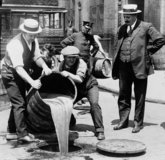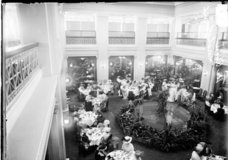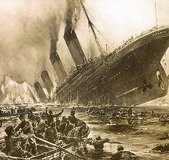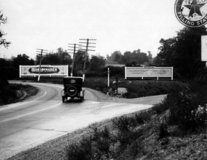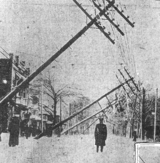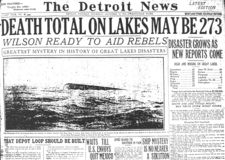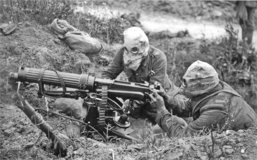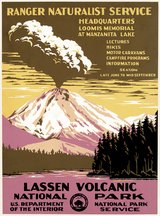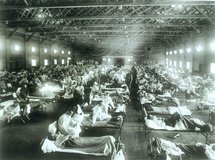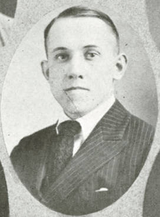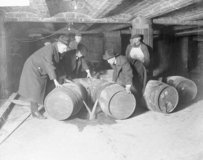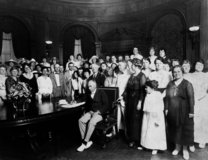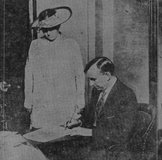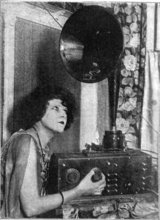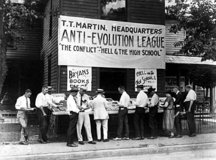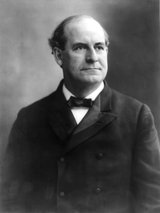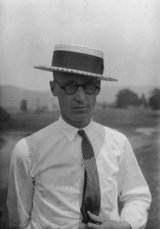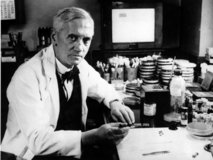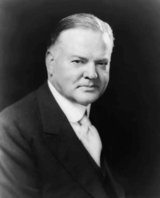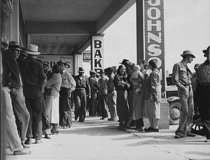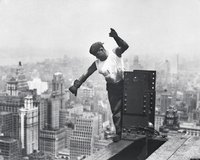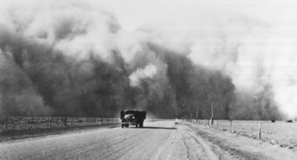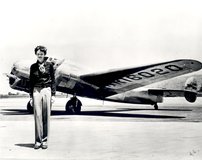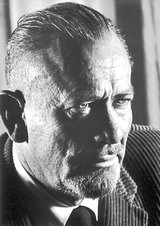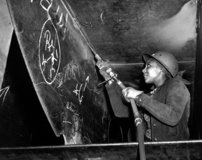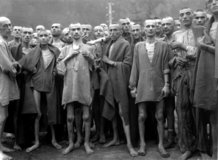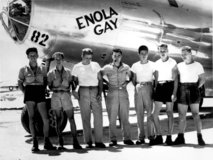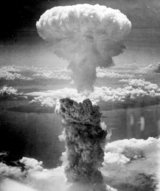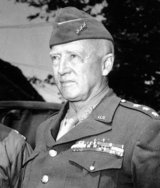©2025 HistoryLines, 2270 US Highway 30, Oswego, IL 60543.
Georgianna Kemp
-
Childbirth
-
Childhood
-
Clothing
-
Commerce
-
Communication
-
Diet
-
Education
-
Entertainment
-
Household
-
Hygiene
-
Marriage
-
Medicine
-
Military
-
Politics
-
Religion
-
Transportation
-
Georgianna is born in Middleton, Norfolk, Ontario, Canada
-
James Kemp Family in 1871 Canada Census
-
The Canadian Prime Minister resigns as a result of a scandal
-
The North-West Mounted Police is founded
-
Mother dies
-
The first long distance phone call is made in Canada
-
Several inventors fight for the patent on the first telephone
-
James Kemp marries Melissa Wilson
-
James A. Kemp Family in 1881 Canada Census
-
Time zones are introduced in Canada
-
The first scheduled Canadian transcontinental passenger train makes the journey across Canada
-
Moved to Chicago, Illinois
-
The first game of professional football is played
-
Chicago welcomes millions of visitors to World's Columbian Exposition
-
Plessy v. Ferguson case legalizes separate facilities for blacks and whites across the U.S.
-
Bryan takes national political stage
-
Guglielmo Marconi invents radio
-
Massive strike sweeps coal country
-
The United States declares war with Spain in the Caribbean
-
Georgianna marries Charles Auble
-
Daughter Emily born
-
Engineers successfully reverse the flow of the Chicago River away from Lake Michigan
-
Charles Auble Family in 1900 U.S. Census
-
Father dies
-
The Wright brothers fly the first heavier-than-air aircraft
-
The new Ford Motor Company makes the first widely affordable car
-
The first radio broadcast is sent from Massachusetts
-
Auble Family in 1910 U.S. Census
-
Charles Auble Family Moves to San Diego
-
The RMS Titanic sinks after hitting an iceberg in the north Atlantic Ocean
-
America's first transcontinental highway is built
-
A large winter storm devastates the Great Lakes region
-
The Great War in Europe eventually pulls in American involvement
-
Charles Auble dies
-
President Wilson creates a new agency to protect America's parks
-
Virus spreads around the world
-
Camp Lewis faces Mare Island in 1918 Rose Bowl
-
Lyle Carringer Family in 1920 U.S. Census
-
The 18th Amendment prohibits alcohol production in the United States
-
Women in the U.S. are granted the right to vote with the 19th Amendment.
-
Listeners tune in to public radio
-
The Rose Bowl Stadium is completed, becoming one of the largest and most famous venues in sports
-
The Hollywood sign becomes an iconic American symbol
-
John T. Scopes is accused of teaching evolution in a public school
-
Alexander Fleming discovers penicillin and revolutionizes the medical world
-
Herbert Hoover is inaugurated as the 31st President
-
The Great Depression strikes California, leading to the worst economic crisis in the state's history
-
Lyle Carringer Family in 1930 U.S. Census
-
The Empire State Building is constructed in New York City.
-
President Roosevelt passes New Deal programs to help revitalize the economy
-
Farmers abandon their lands after the Dust Bowl destroys crops and enhances economic strain caused by the Great Depression
-
Amelia Earhart disappears over the Pacific Ocean.
-
John Steinbeck's most famous book is published, selling over 430,000 copies within the first year
-
Impact of World War II reaches the West Coast
-
Lyle L. Carringer Family in 1940 U.S. Census
-
Over 11 million people are killed by the Nazis in organized genocide
-
Japanese planes attack Pearl Harbor naval base in Hawaii, killing 2,400 Americans
-
The U.S. drops the first atomic bombs on Hiroshima and Nagasaki.
-
A Californian, one of America's greatest generals dies after a car crash
-
Georgianna dies
* James Kemp, Age 40, born Ontario, Religion Wesleyan Methodist, Origin English, Carpenter;
* Mary, Age 30, born Ontario, Religion Baptist, Origin German;
* Sarah, Age 9, born Ontario, Baptist;
* Seymour, Age 7, born Ontario, Baptist;
* Melvina, Age 5, born Ontario, Baptist;
* Georgianna, Age 2, born Ontario, Baptist.
Meucci sued Bell over the patent, but died before the court heard the case. Bell's claim to the telephone soon came under fire from another inventor named Elisha Gray. On February 11, 1876, Gray had filed a patent for a device that could transmit musical tones, but not speech. Later that same day, Bell filed the patent for his proposed telephone. A well publicized lawsuit followed, but in the end Bell was victorious. He went on to make a fortune from the telephone and was regarded by most people in Georgianna's time as its rightful inventor. The Bell Telephone Company also became one of the giants in the new telecommunications industry. It wasn't until more than 100 years later, in 2002, that the United States Congress officially recognized Antonio Meucci as the actual inventor of the telephone.
Indoor plumbing had not yet reached rural areas during Georgianna's youth, and was only beginning to be introduced in cities by the mid 1800s. This meant that water had to be brought in from the outside when needed for cooking, laundry, or bathing, and that water was sometimes contaminated. A lack of plumbing also meant no indoor bathroom, so families used an outhouse or chamber pots when nature called.
Oral hygiene also received more attention in Georgianna's community, as toothpaste and toothbrushes were being mass produced for the first time. Early toothbrushes had coarse boar's hair bristles, however, and much of the population still saw little purpose in putting in the effort.
Cloth diapers were cleaned and changed more regularly towards the end of the century, as doctors warned against the risks of reusing them. Parents often used burnt flour to relieve diaper rash. For feminine hygiene, women gradually moved from cotton cloths to mass-produced cloth pads, but not until late in the 1800s.
* James A. Kemp, Age 49, born Ontario, Religion Wesleyan Methodist, Origin English, Carpenter;
* Melissa, Age 35, born Ontario, Religion Wesleyan Methodist, Origin Irish;
* James, Age 8, born Ontario;
* Georgianna, Age 12, born Ontario;
* Alfred, Age 1, born Ontario.
As a further issue, only a handful of medical colleges and hospitals existed in the United States during Georgianna's life, and high infant mortality rates— along with often devastating outbreaks of chicken pox, measles, mumps, and whooping cough— kept the average lifespan barely above 40. Death, to put it bluntly, was a very common part of life.
In another morbid part of 19th century life, some of Georgianna's deceased friends or family may have actually been buried with a shovel or pickaxe in their coffin. Why? Because with many doctors still not able to diagnose whether a patient was in a coma, relatives wanted to be sure the dearly departed had a fighting chance just in case he woke up after his funeral!
Despite his unsuccessful presidential bids, Bryan still loomed large in the minds of Georgianna's neighbors. He served as the Secretary of State under Woodrow Wilson, then represented the anti-evolution prosecution in the infamous "Scopes Monkey Trial." When he passed away in 1925, Bryan was remembered by Georgianna's community as one of the most famous orators and politicians in American history.
Typical houses had two rooms, but some families could afford two-story homes (with separate bedrooms for parents and children) or even stately manors on par with some of the nicer homes in Europe. Families generally had tables where they would sit to eat their meals. Most furniture was custom-made, but later in the 1800s, it became easier to purchase affordable, mass-produced goods with which to furnish a home.
Even after his initial successes, Marconi continued to study and develop his science, assisting in the creation of the British Broadcasting Company (BBC) and the development of radar technology. But Marconi would remain most well-known for inventing the radio, bringing increased enjoyment, safety, and information to Georgianna's neighbors and relatives. Many members of Georgianna's community soon could not imagine their lives without the existence of radio.
For weeks, the miners refused to return to work, despite threats from their employers. On September 10, an argument between a sheriff's posse and striking workers near Hazelton, Pennsylvania boiled over into violence. Nineteen unarmed miners were killed and several more wounded in a confrontation later known as the Lattimer Massacre.
One day later, Georgianna's community received news that the strike had ended. The protestors were relieved to learn that their efforts had not been in vain: employers promised to limit shifts to eight hours. They also agreed to pay workers more regularly and in cash, rather than in credits at the employers' stores. Georgianna's neighbors hoped that the mine owners would hold up their end of the bargain, improving working conditions and quality of life for their families.
* Charles Auble — head of household, white, male, born Oct 1864, age 35, married 2 years, born NJ, parents born NJ, a house decorator
* Georgia Auble — wife, white, female, born Aug 1868, age 31, married 2 years, 1 child born, 1 living, born English Canada, parents born English Canada, immigrated in 1889, resident of US for 11 years
* Emily K. Auble — daughter, white, female, born Aug 1899, age 10 months, single, born IL, father born NJ, mother born English Canada
* Franklin Kemp — Brother-in-law, white, male, born Feb 1880, age 20, single, born English Canada, parents born English Canada
By the '20s, people in Georgianna's community embraced the radio as a revolutionary new form of mass-communication, and top radio stations like Chicago's WGN and WLS gaining loyal listeners. Even sending old-fashioned letters became far easier, as more advanced typewriters were mass-produced (including the Illinois-based Oliver Typewriter brand) and the U.S. Postal Service expanded its services from coast to coast using railroads and highways.
While many businesses were still independently owned, Georgianna could also shop at massive department stores like Marshall Field or Montgomery Ward, or use a mail order catalog to have goods delivered to her door. Convenience in commerce was the new norm. Coins and paper money were still commonly used, but personal checks were also more widely accepted than in the past. Like most Americans, Georgianna paid sales taxes on many goods, as well as federal income taxes.
* Charles Auble — head of household, male, white, age 54, first marriage, married 11 years, born NJ, parents born NJ, a decorator (of houses), rents home
* Georgia Auble — wife, female, white, age 41, first marriage, married 11 years, 1 child born, 1 living, born Canada English, parents born Canada English, immigrated in 1890
* Emily Auble — daughter, female, white, age 10, single, born IL, father born NJ, mother born Canada English, attended school
The storm was the result of two weather patterns converging over the Great Lakes. The water in the lakes was relatively warm, and helped fuel the gale as it swept over them. Milwaukee and Chicago were buffeted by high waves, which destroyed breakwaters that had been built to protect the cities from flooding. Blizzard conditions swept over parts of Michigan, Ontario and Ohio. The city of Cleveland and southern Ontario were buried under feet of snow and ice; electrical systems were knocked out and it took days to clear the streets and return utilities. Even worse were those sailors caught by the storm on open water. Eighteen ships were lost, many with their entire crews. Eight ships went down on Lake Huron alone. The storm cost millions of dollars both in damages to coastal cities and lost ships.
Once American soldiers finally did enter the fray in 1917, patriotism and anti-German sentiments ruled the day. In Georgianna's state of California, men between the ages of 21 and 31 rallied and either volunteered or registered for the draft, departing for training in either San Diego or Washington, leaving their loved ones behind. With the men fighting in Europe, American women and minority citizens took over critical factory jobs to keep the country running and the war effort well supplied. More than 110,000 American lives were lost in World War I, and many of Georgianna's fellow Californians were among them.
On New Year's Day, 1918, a crowd of 42,000 gathered in Pasadena, CA, to watch the two teams go head-to-head. A field goal in the second quarter put the Marines on the board, but a touchdown by Dick Romney gave Camp Lewis seven points. The Marines stayed strong, scoring another field goal and a touchdown in the fourth quarter. The final score stood at 19 to 7, and the Mare Island Marines were declared the victors. World War I would continue for several more months, but Georgianna's community could always look back to the joy of the game to escape the uncertainty of wartime life.
* Lyle L. Carringer — head, rents, male, white, age 28, married, can read, can write, born CA, father born PA, mother born KS, an auditor in a dry goods store, a worker
* Emily K. Carringer — wife, female, white, age 20, married, can read, can write, born IL, father born NJ, mother born Canada
* Betty Carringer — daughter, female, white, age 5 months, born CA, father born CA, mother born IL
* Georgia K. Auble — mother-in-law, female, white, age 50, a widow, born in Canada, parents born Canada, immigrated in 1889, naturalized in 1898
In 1920, the Pittsburgh company Westinghouse (one of the largest radio manufacturers in the nation) devised a plan to sell more radios. They decided to make a broadcasting transmitter that would allow radio owners throughout the region to tune in for different programs. To make this dream a reality, they hired Dr. Frank Conrad — a local ham radio operator who often played records over the air for his friends and listeners — to set up a broadcasting channel, KDKA. November 2, 1920, the day of the presidential election, was to be the first day of programing.
Listeners in the area who tuned in that day heard a reading of the results of the presidential election, where Harding decisively defeated Cox. The broadcast, although heard by only a small group of people, was a stunning success and caused radio mania to grip the nation. Radio sales soon exploded throughout America, and there was a rush to open up and register commercial radio stations in most major cities. The Age of Radio had truly begun.
Meanwhile, the annual New Year's Day football game played here, the Rose Bowl Game, became a bigger and grander spectacle. The profits derived from visitors and spectators would lead to a number of renovations, and the Rose Bowl stadium eventually would house more than 92,000 fans, becoming one of the largest and most famous sports venues in America.
* Lyle L. Carringer - Head, owns home, worth 10,000, has a radio, male, white, age 38, married, first at age 26, born California, parents born Pennsylvania/Wisconsin, an office worker, works in dry goods store
* Emily K. Carringer - Wife, female, white, married, first at age 18, born Illinois, parents born New Jersey/Canada English
* Betty V. Carringer - daughter, female, white, single, born California, parents born California/Illinois
* Georgia K. Auble - mother-in-law, female, white, age 61, widow, born Canada English, parents born Canada English/Canada English, native language English, immigrated in 1890, a naturalized citizen.
After the bombing of Pearl Harbor, some people in Georgianna's community feared that the Japanese would invade the American mainland next. Some also worried that the substantial Japanese-American population in California was providing secret intelligence to Japan. Due to this paranoia and increasing security concerns, the U.S. government forced more than 110,000 Japanese-Americans to leave their jobs and homes to enter internment camps, which were very uncomfortable and surrounded by armed guards and barbed wire. While many Americans supported this policy, history would prove it to be a very dark chapter in the country's history.
At the same time, California became a prime training ground for enlisted soldiers during the war, as more than 140 war bases were built. Shipyards were also built along the California coast, providing many of America's ships and planes for the war effort.
With many men fighting overseas, women, African-Americans, and new immigrants joined the workforce in greater numbers, granting them unprecedented opportunity to earn good money while becoming an essential part of the war effort. Rationing and scrap drives were also promoted by celebrities and encouraged as a way for anyone of the homefront to be patriotic and help the boys overseas.
During the war, few Americans were aware of the atrocities of the Holocaust occurring in Europe, as the full scope of the Nazi extermination of Jews and other minorities in concentration camps only became clear in the years that followed. Countless immigrant families in the U.S. would be directly affected by it, however.
In the end, the Allied Forces were triumphant in the war, as Germany's surrender (following the suicide of Adolf Hitler) was eventually followed by the surrender of Japan. There was great rejoicing across the country and much of the world as peace was finally achieved. The price had been extremely high, however. Japan's surrender had come only after President Harry Truman's decision to use the atomic bomb for the first time, killing thousands of civilians in the cities of Hiroshima and Nagasaki. The controversy and pain from these and hundreds of other attacks and battles from the six-year war would create deep scars—literal and figurative—that would stay with many members of Georgianna's generation.
* Lyle L. Carringer - Head of household, male, white, age 48, married, 4 years of high school, born California, lived in same house in 1935, worked the last week of March 1940, occupation is office clerk, Industry is Retail Dep[artmen]t Store, worked 52 weeks in 1939, earned $1475 in 1939, did not make over $50 in other income.
* Emily K. Carringer (provided information) - Wife, female, white, age 41, married, attended school in March 1940, 3 years of high school, born Illinois, lived in same house in 1935, did not work the last week of March 1940, had a job, occupation is clerical & saleslady, Industry is Retail Dep[artmen]t Store, worked 52 weeks in 1939, earned $269 in 1939, made over $50 in other income.
* Betty Z. Carringer - Daughter, female, white, age 20, single, attended school in March 1940, 4 years of college, born California, lived in same house in 1935, did not work the last week of March 1940, in School, occupation is student art clerk, Industry is College, worked 6 weeks in 1939, earned $100 in 1939, made over $50 in other income.
* Georgia K. Auble - Mother in law, female, white, age 71, widowed, 4 years of high school, born Ontario, Naturalized citizen, lived in same house in 1935, did not work the last week of March 1940, did Housework, occupation is housewife, Industry is own home, earned $0 in 1939, made over $50 in other income.
Almost immediately after the bombs were dropped, 77 year-old Georgianna and millions of other Americans huddled around their radios to hear the details. Though some questioned whether the ends justified the means, many of the people in Georgianna's life were simply relieved to know that a victory and peace were finally in sight.




